Podcast Ep.5 Heads In The Clouds
Our smart phones would be pretty dumb without cloud connectivity. Just how clean and green is this 'cloud' that powers our digital lives?
Industrial agriculture requires the mining, manufacture and distribution of 200 million tons of fertiliser annually. Without it, most of us would starve. Every step of world fertiliser supply depends on fossil fuels. How do we feed 8 billion people as fossil fuel supplies dry up?

The planet’s human population continues to grow exponentially, having quadrupled from under 2 billion in 1921 to nearly 8 billion today. This population growth would have been impossible without a parallel quadrupling of world food production. Food production has grown, largely in lockstep with the world’s population growth, thanks to the development and adoption of industrial agriculture. That is, agriculture undertaken at scale using mechanised rather than human or beast powered methods of growing and distributing agricultural produce.
Another half billion people will be added to the world’s population by 2030 and an extra half billion on top of that by 2040 according to the World Bank. These projections assume business as usual for industrial agriculture.
This can only happen if industrial agriculture can continue to source the energy needed to power its tractors and ploughs. Some 25-30% of the cost of food that reaches your plate is energy costs.
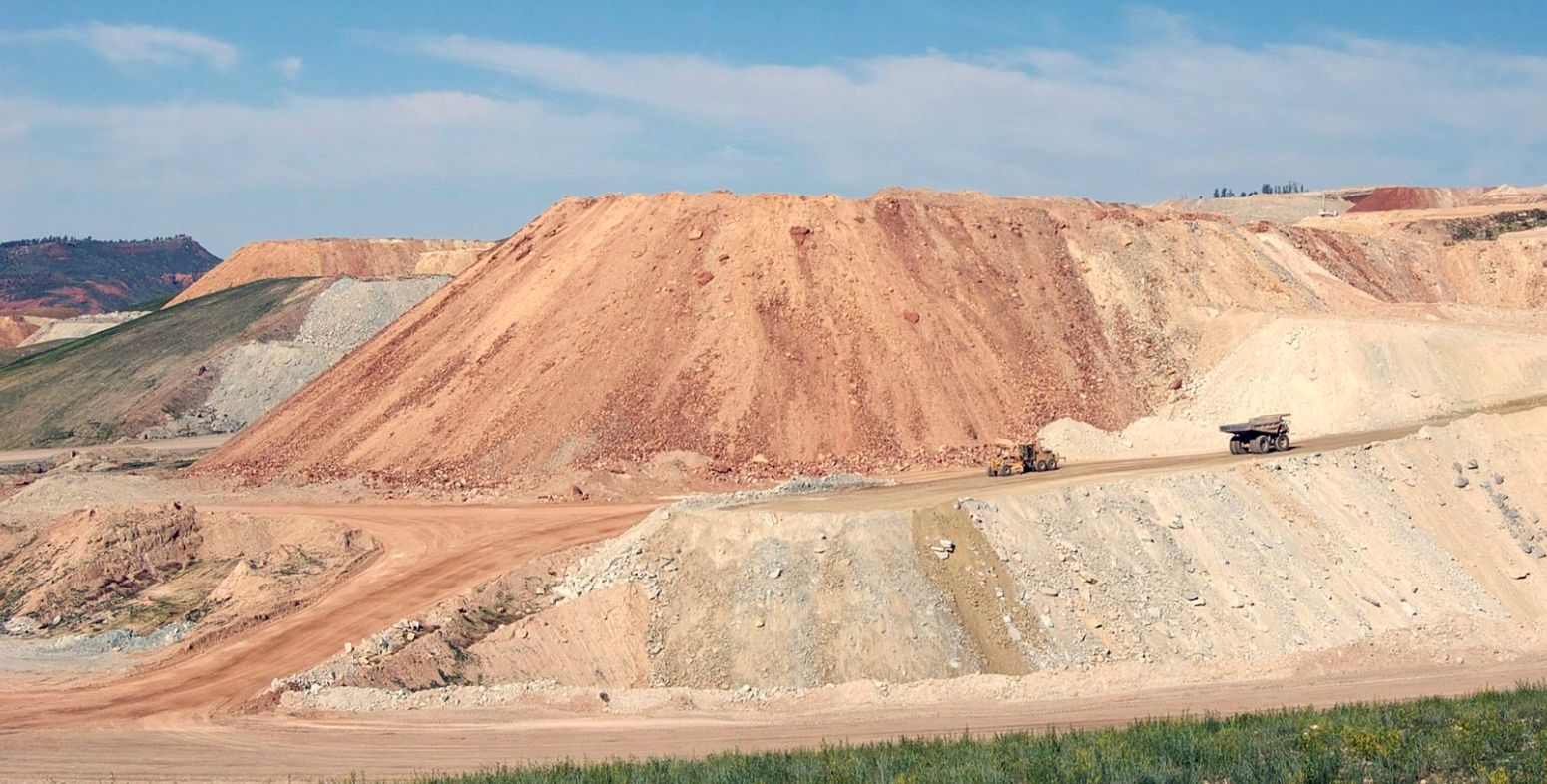
Sourcing and replacing the nutrients removed by every crop or beast taken from the land on which it has grown will be equally important. Whether it is pastures given over to beef grazing or croplands growing grain to make bread, nothing grows without three critical nutrients needed by plants to convert sunlight energy into food: nitrogen, phosphorus and potassium.
The high-yielding grain cultivars grown by industrial agriculture efficiently extract these nutrients from soils. Although many factors affect plant growth, such as soil acidity and trace elements; it is nitrogen, phosphorus and potassium that are needed in bulk for industrial agriculture to be productive. Across the planet, 200 million tonnes of fertilisers, about half nitrogen and a quarter each of phosphorus and potassium, need to be distributed to keep us all fed.
The flip side of high yields is that modern cultivars rapidly deplete nutrients from soils and cease to grow if soil nitrogen, phosphorus and potassium are not replaced. In most cases, like the Australian eastern and western wheat belts, replacement is needed each and every year a grain crop is sown.
Nitrogen requirements can be mitigated to some extent by rotating grains with nitrogen fixing crops. The root systems of legumes, such as lupins or chickpeas, host symbiotic microbes that fix nitrogen from air. This makes the nitrogen available in a chemical form accessible to other plants.
However, this isn’t possible for phosphorus replacement.
Phosphorus is a non-substitutable element of all life on the planet. It is a critical component of bones, teeth and molecular processes by which all life converts food into energy. Phosphate molecules form the famous double helix ‘backbone’ of DNA. Every living thing needs to intake phosphorus from its immediate environment in order to grow and survive. No phosphorus = no life.
The current industrial agricultural supply and use of phosphorus is extractive. The nearly 50 million tons of phosphorus fertilisers needed each year is mined from sedimentary phosphate rock deposits. The largest reserves of phosphate rock are located in Morocco and the Western Sahara region. These regions exports mined phosphate worldwide. China, the USA and Russia are other large producers but hold smaller reserves.
The annual replenishment of soil phosphorus is a massive logistical undertaking. Essentially every machine used in the process, from mining equipment, the ships carrying the phosphate rock and processed fertilisers to the tractors pulling the ploughs and fertiliser spreaders are powered by fossil fuels.
The story for potassium is similar to that of phosphorus. Every living cell needs a high concentration of dissolved potassium inside it. Potassium salts are mined in many countries but only a handful supply the bulk of the world’s needs. These being Canada, Russia, Belarus and China. A significant difference to phosphorus is that transforming mined potassium salts into a market ready fertiliser is more energy intensive.
Nitrogen fertiliser production is the most energy intensive of the three and is critically dependent upon fossil fuels, particularly natural gas. The commonest process takes hydrogen from natural gas to combine it with atmospheric nitrogen to yield ammonia. Almost all nitrogen fertilisers are synthesised from ammonia. Non-natural gas ammonia manufacturing processes are being developed, but scaling up these greener alternatives won't happen overnight.
So, what happens when fossil fuel supplies dry up?
The consequences of a recent coal and natural gas supply crisis are telling. Nitrogen fertiliser production has collapsed over the last few months in the face of power shortages in China and sky high natural gas prices in Europe. Ammonia production across the world has been temporarily brought to a standstill.
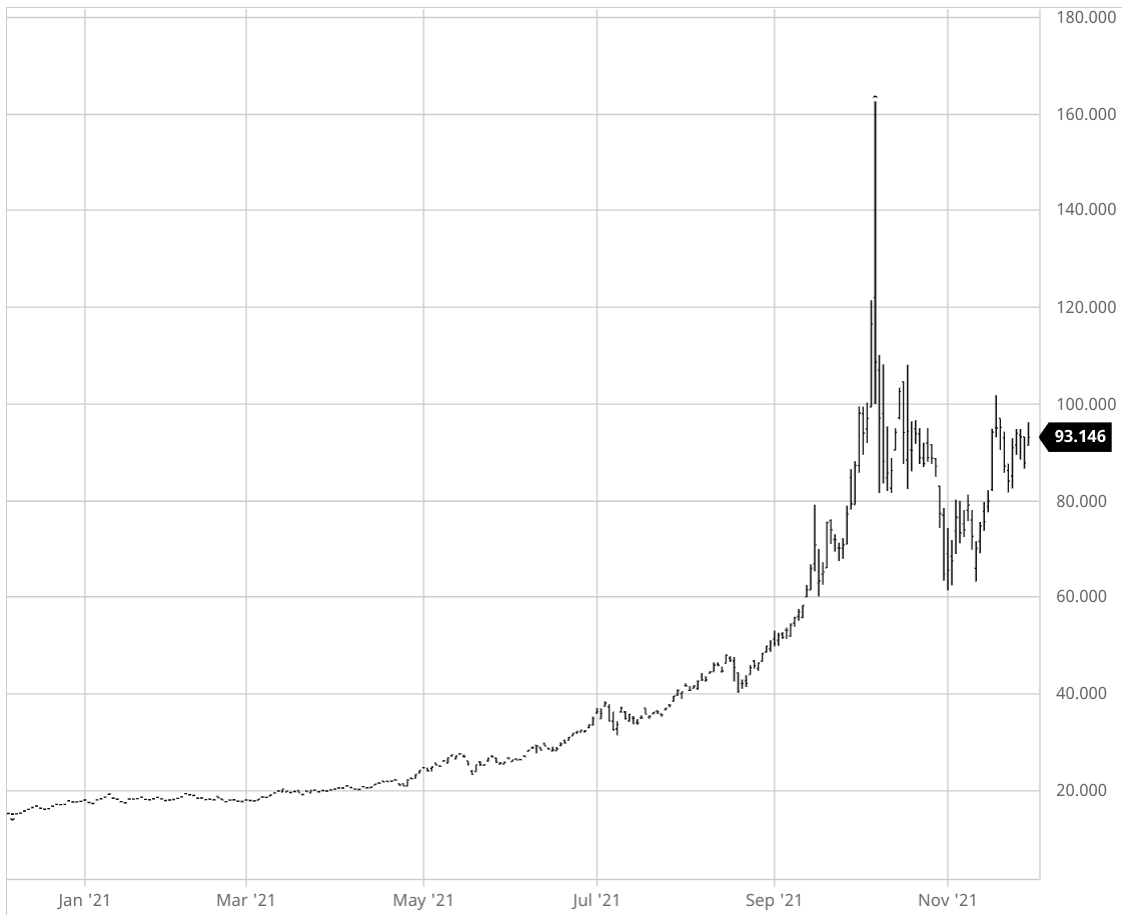
The Chinese power shortages are likely linked to declining coal production within China. The European natural gas prices/shortages relate to the combined effects of less than expected European wind energy supply over the last few months and currently dysfunctional natural gas international supply chains.
As a consequence, China, the world’s largest exporter of fertilisers, has placed a ban on exporting fertilisers until well into 2022 to protect its own domestic supplies. This is sending fertiliser prices back up to levels last seen in 2007-2008.
High fertiliser prices in 2007-2008 sparked a worldwide food price crisis and social unrest in many poorer countries. Then, as now, high fossil fuel prices played a part in escalating prices.
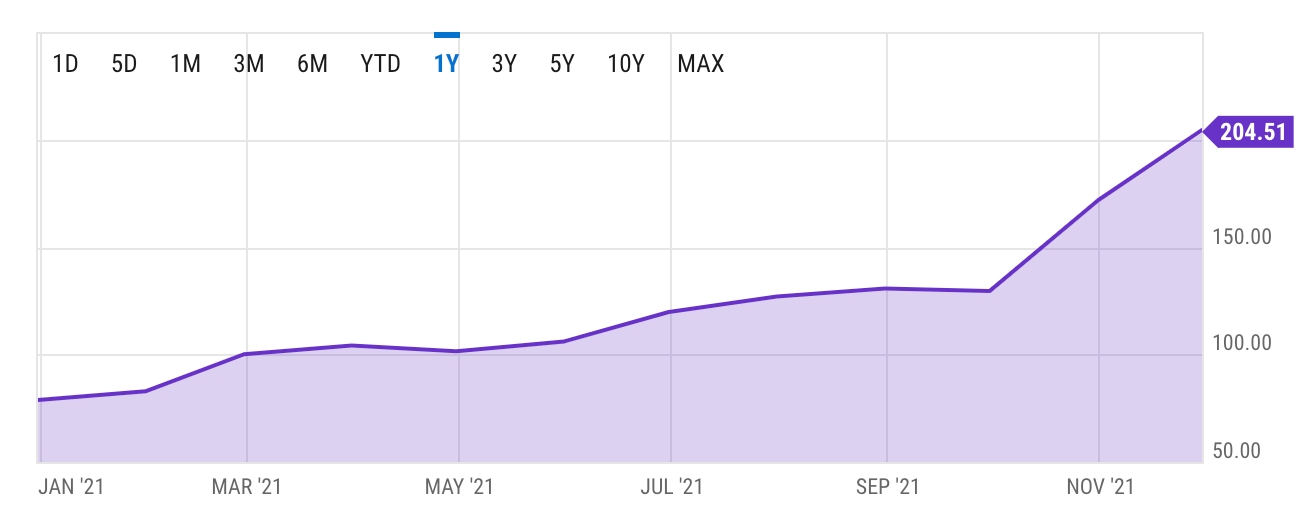
Now, as then, poorer farmers of the Global South, unable to access affordable fertilisers this growing season, face ruin and/or starvation. Social unrest is likely to follow.
Both the 2007-2008 and 2021 episodes of fertiliser supply disruption illustrate our dependence upon the free flow of fossil fuel energy to mine, manufacture and distribute fertilisers. It is not an exaggeration to say that industrial agriculture, without which most of us would simply starve, mines food rather than grows it.
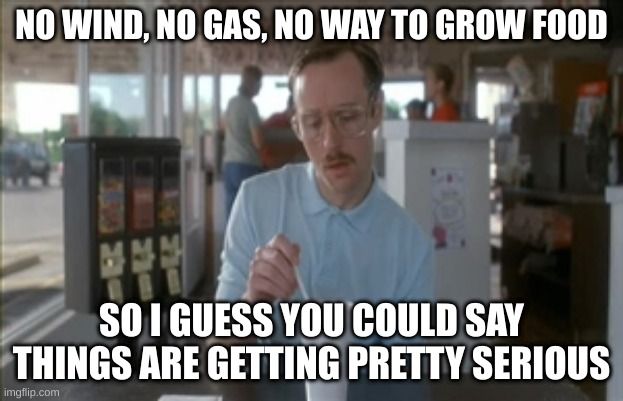
Down the drain
Unfortunately, as with all mining, there is the waste to consider. I will leave aside the environmental devastation and health consequences of gas fracking and open pit coal mining for another day. There are two other forms of waste that are at least as important. One is the waste of the fertilisers before they enter the food chain, that is, the leaching and runoff into waterways. The other is the waste after they have entered the food chain. Here I am referring to the insanity of flushing into the oceans the irreplaceable fossil fuel energy and mined phosphate and potassium via our sewerage systems.
Rainfall will always wash some fertiliser from croplands. Sandy soils are particularly prone to leaching nitrogen fertilisers, which contaminates groundwater. Such water can be unsafe to drink given that chemically reactive forms of dissolved nitrogen are known carcinogens. Some countries impose strong regulations to manage farming related groundwater contamination. The Netherlands, for example, require farmers to account for all nitrogen and phosphorus entering and leaving their farms and impose a levy if more than 180kg per hectare of nitrogen is unaccounted for. In other countries, notably India and China, about half the applied fertilisers are washed into waterways by rainfall before crops can extract them.
Excess fertilisers in waterways contribute to algal blooms. Apart from the stench of rotting algae, the blooms deplete dissolved oxygen. Another problem is algal toxins accumulation by filter feeding species like mussels. Both effects damage important fisheries.
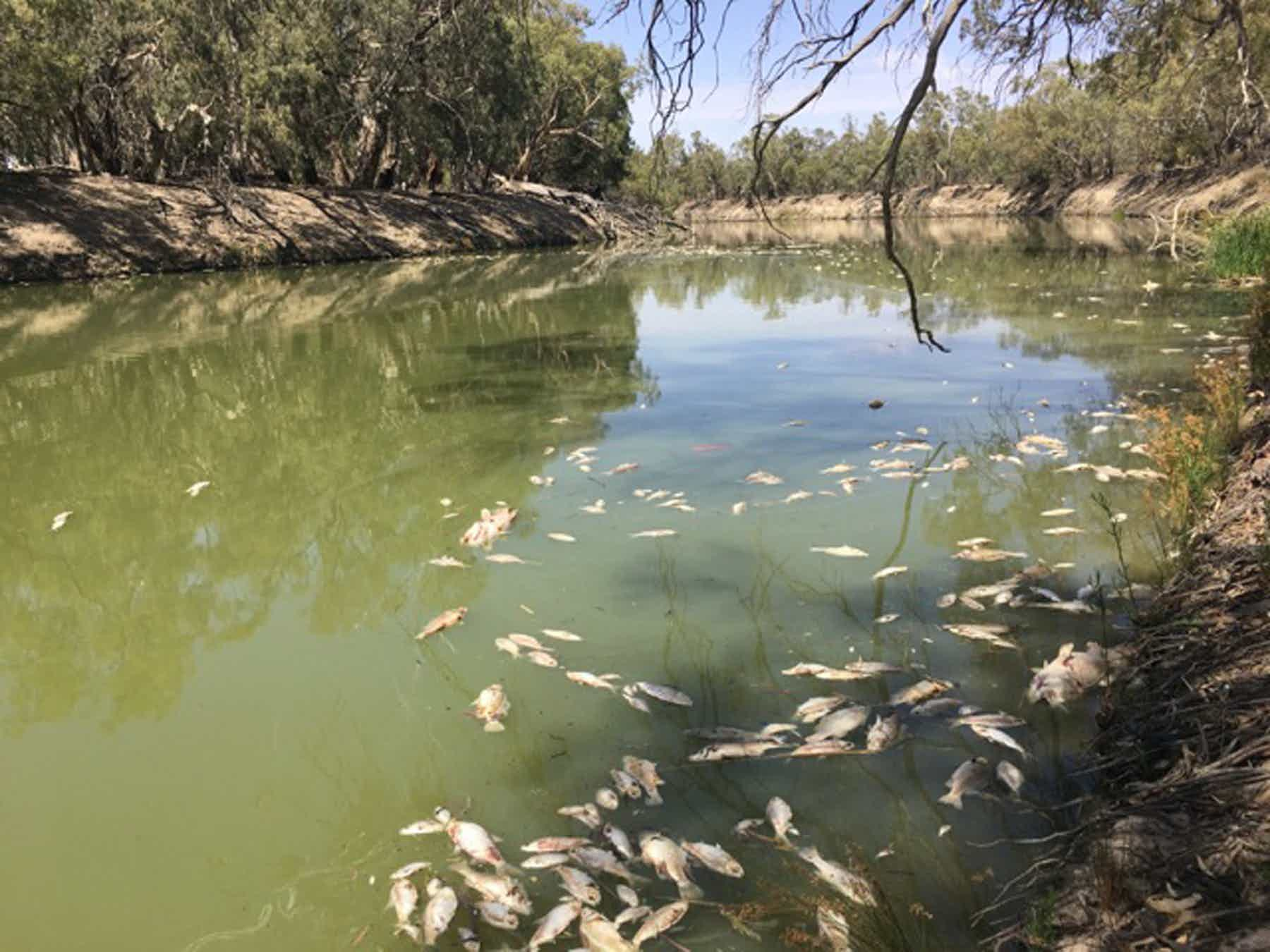
Global heating offers more hot weather in which algal blooms thrive. More extreme rainfall events are also occurring. These events wash ever more fertiliser into groundwater and river or estuary sediments. We can expect more blooms and increased groundwater contamination without significant changes to how we use fertilisers on open fields. Once in the oceans these fertilisers are responsible for exacerbating the emergence and increasing the size of oceanic dead zones.
Irrespective of how we deal with runoff, perhaps the most wasteful thing we do with fertilisers is flush them down the toilet.
Contrast centuries-old fertiliser practises used by East Asian subsistence farmers for rice production with modern food mining. Agricultural scientists of the early 1900s marvelled at the perennial fertility and productivity of rice paddies across millenia. A flooded rice paddy large enough to support one family is tiny by comparison to industrial, broad-acre, food mining but highly productive if managed properly. However maintaining rice paddy productivity was never a case of magic. The rice paddy, year after year, century after century needed to be replenished with nutrients for the soil to retain productivity. Paddy soils are no different to broadacre farming soils in this respect.
Unlike the food mining approach used by industrial agriculture, the rice paddy farmer used a closed loop system to replenish soil nutrients. Whatever nitrogen, phosphate or potassium they ingested from their crop and didn’t absorb themselves was returned to the paddy. Yes, human waste, along with the waste of their livestock, was key to closing the nutrient loop between subsistence farming family members and the rice paddy that sustained them.
However, this virtuous cycle only works when most of the food is consumed locally. Exporting paddy food-produce to urban areas far from the paddy takes nutrients away, just as exporting wheat from the Western Australian wheatbelt removes nutrients from wheatbelt soils. It is no coincidence that East Asian cultures converted to food mining as the East Asian population has rapidly grown and urbanised over the last 100 years.
Fertiliser consumption in China has increased 10-fold since the early 1960s. A large population remote from sources of food can only be sustained by food mining. And only as long as food can be mined. When soils are depleted of nutrients and the nutrients not replaced, history shows that cities disappear. As they go, so does the rich cultural specialisation and stratification we call ‘civilisation’. Hmmm.
Peak food production?
The similarities between our wasteful, extractive approach to phosphorus, potassium and fossil fuels is striking. In each case, the resource has taken geological timescales to develop. We are also aware the resources are finite. Yet we will have extracted the best quality and easiest to extract deposits of each resource in less than 100 years. That is, in a geological blink of an eye. And then we have used the resources wastefully and done very little to conserve or recycle them. There is serious discussion about ‘peak potassium’ and ‘peak phosphorus’. The former perhaps as early as the 2050s, the latter probably not this century. But we are already past peak easy energy. As demonstrated by the current and most recent energy and fertiliser crises, disruption of access to these critical food inputs snowballs rapidly into a global food crisis.
Given this reality and the level of overshoot of our global population it should be apparent that we need to change tack.
Fertilisers need to be used efficiently. This isn’t just about the sophistication of their application to reduce leaching and runoff. It applies also to what crops we grow. Substituting grain crops with nitrogen fixing legumes can reduce our dependence on nitrogen fertilisers. It also makes good sense to eat these very same legume crops rather than feed them to livestock. The food mining inputs needed to feed someone lentil, chickpea or soy protein are a fraction of the inputs of grain-fed meat. This is reflected in greenhouse emissions for legume protein production, which are 90x less than beef greenhouse emissions. One doesn’t need to be vegan to choose to eat less meat, less often. Over the coming decades, the concept of meat as a ‘choice’ will likely be removed from many of us anyway.
An Oh Sh_t! moment?
That said, the sooner we move to a coherent approach to managing our food mining waste, the longer we can support a sophisticated, urban way of life. In terms of human waste management, the closed loop system of the rice paddy gives hints of the direction we need to head to preserve urbanised societies.
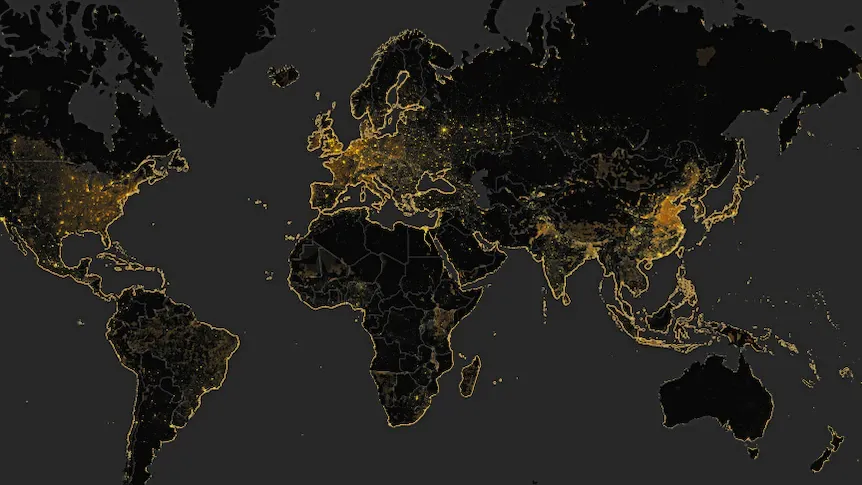
There are localities that already collect, disinfect and process human waste at scale and return the output, euphemistically labelled ‘biosolids’, to farmlands. This approach, a little on the nose it may be, needs to move from a sporadic practice to the dominant approach to managing human waste as soon as possible. There is a LOT of it to manage.
And whether or not you are involved in high finance in an urban setting, I am sure you agree leaving it where an over-privileged banker can step on it is just wasteful, irrespective of what you think of bankers...

Suggested viewing:
One way to learn a little more about agricultural processes is to take in the well known youtube series about how grow and make a chicken sandwich from scratch.
Subscribe to thisnannuplife.net FOR FREE to join the conversation.
Already a member? Just enter your email below to get your log in link.